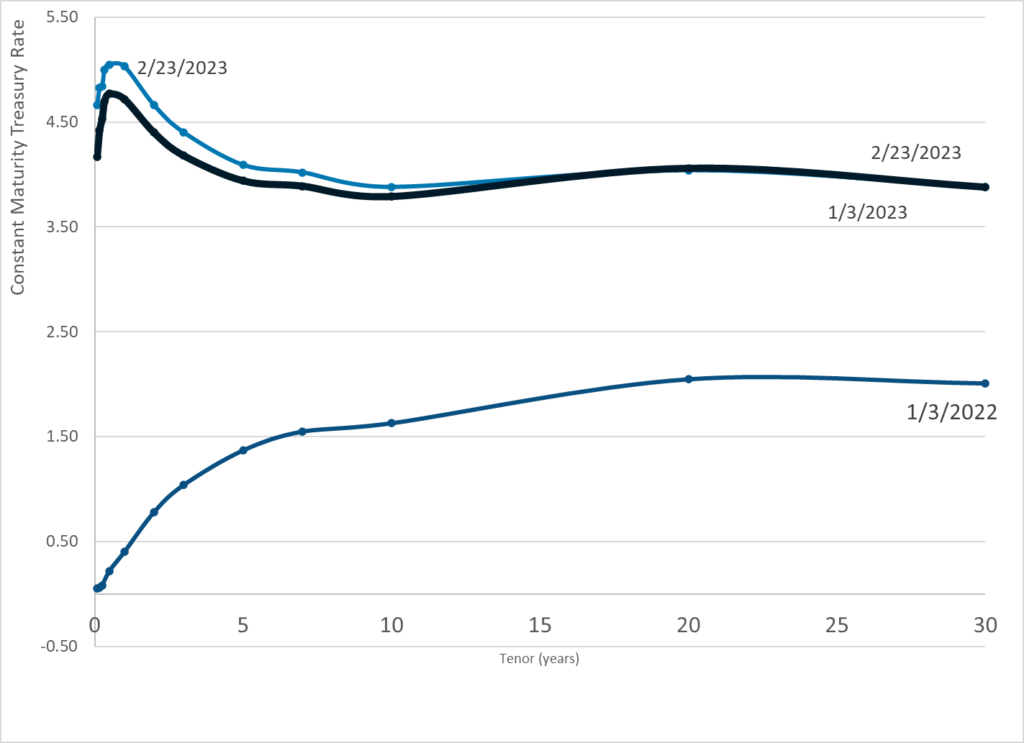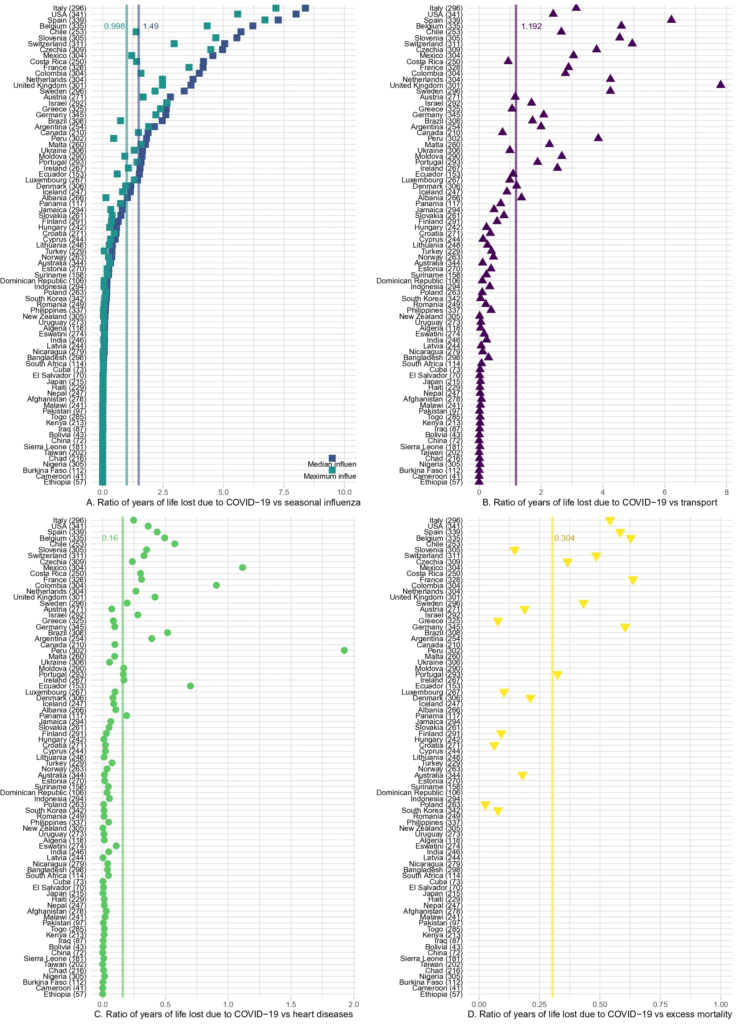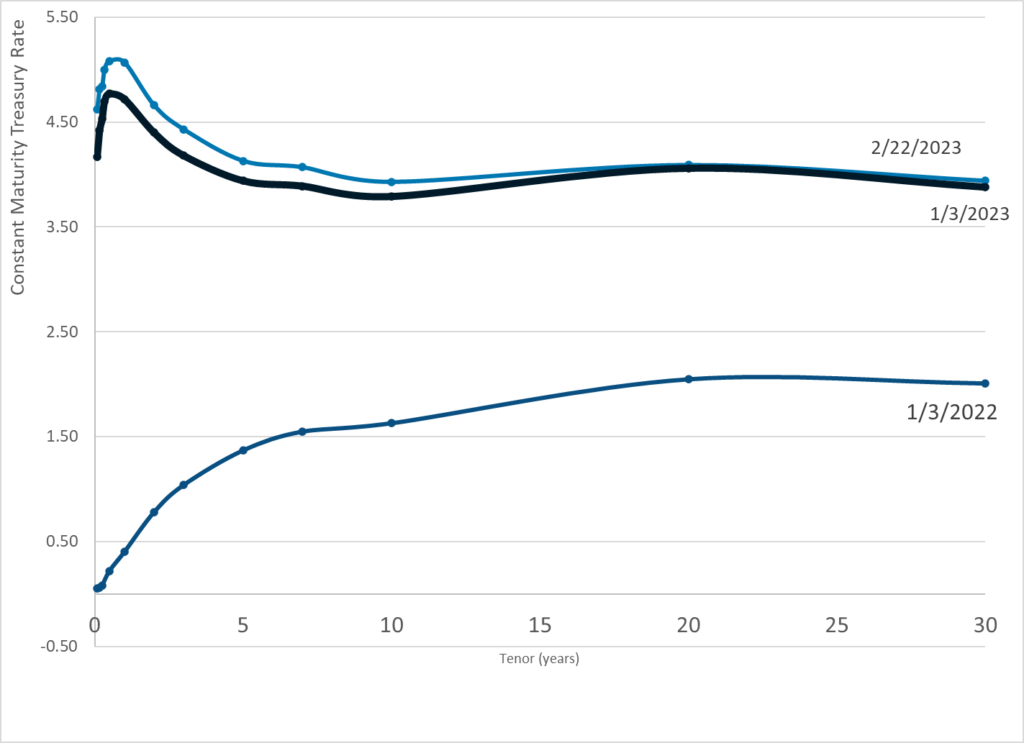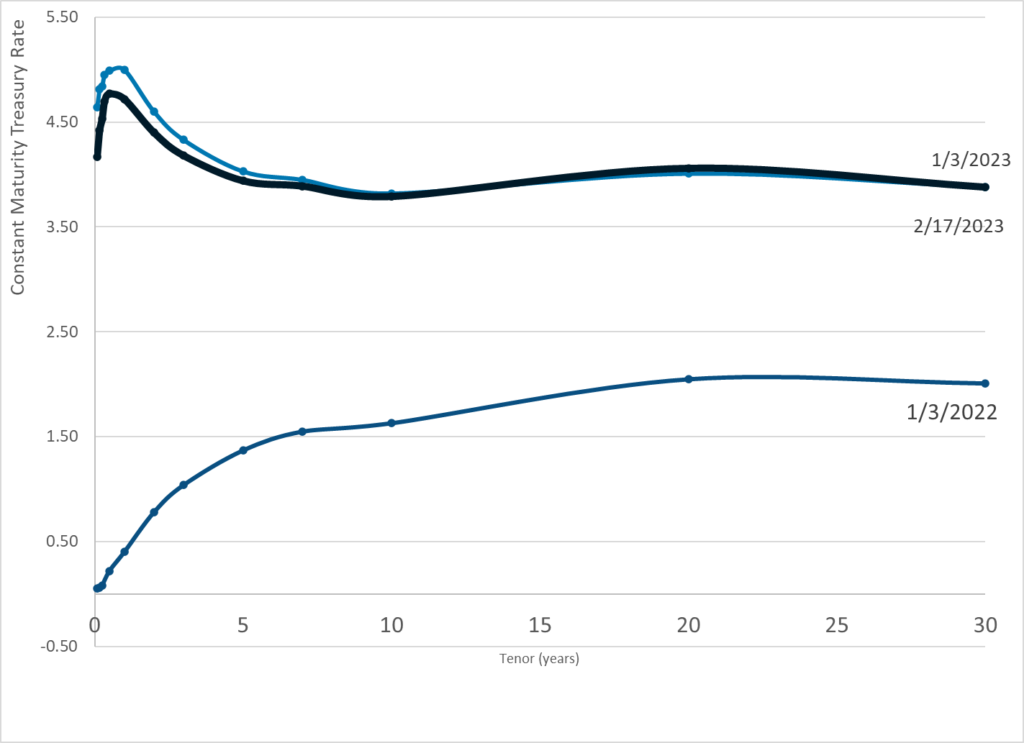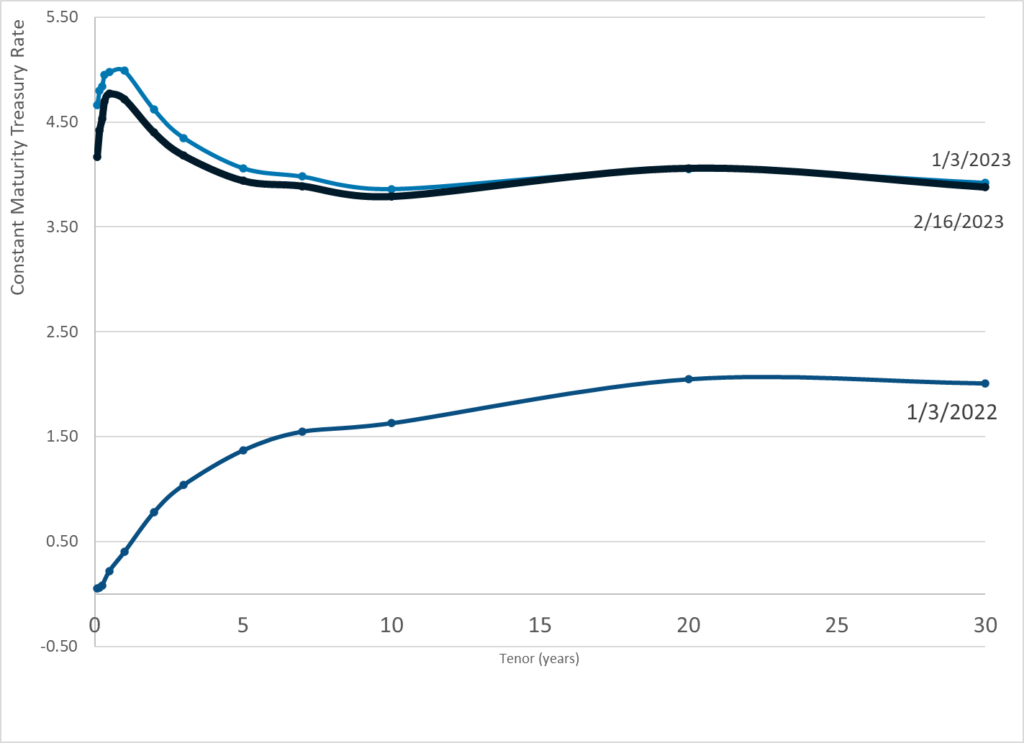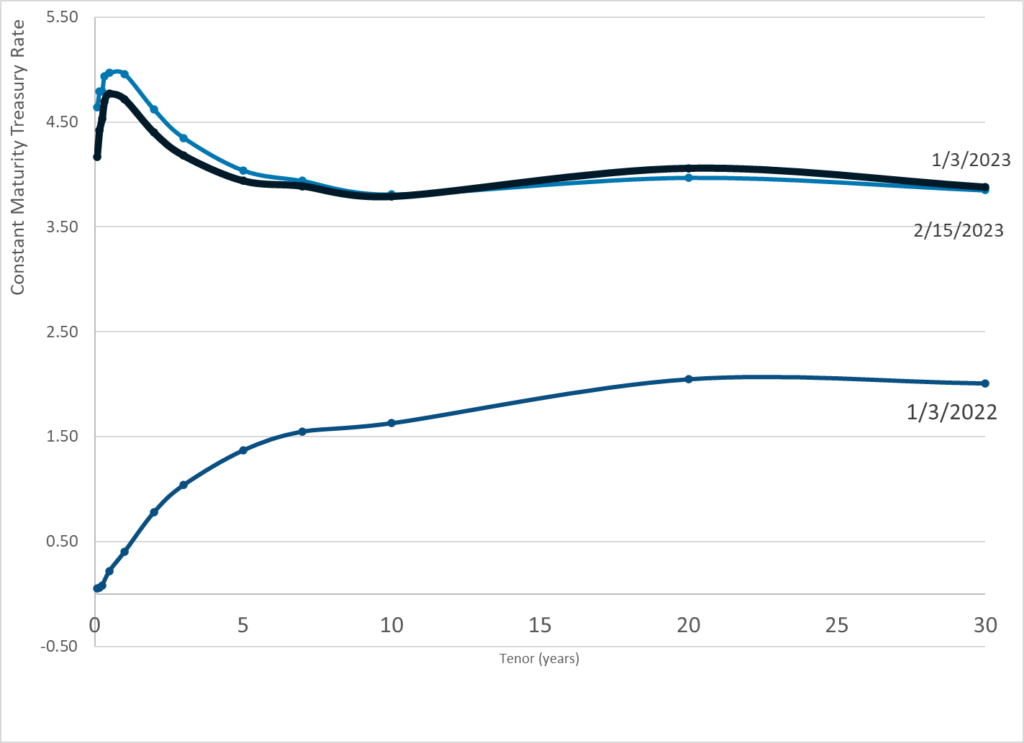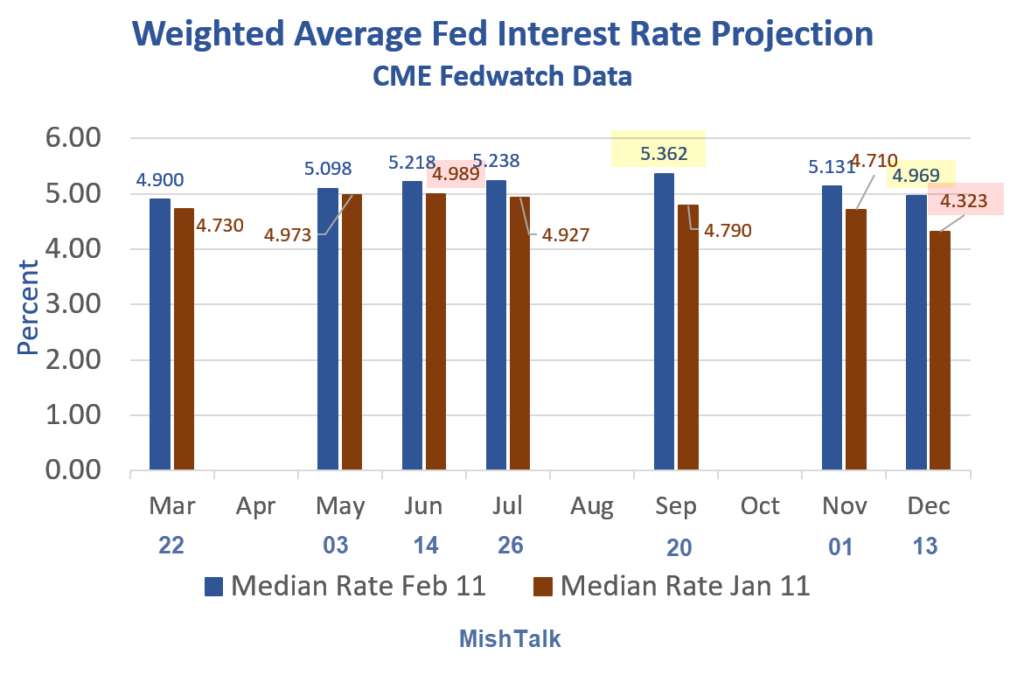Link: https://www.federalreserve.gov/econres/ifdp/the-inflationary-effects-of-sectoral-reallocation.htm
PDF: https://www.federalreserve.gov/econres/ifdp/files/ifdp1369.pdf
Citation:
Ferrante, Ferrante, Sebastian Graves and Matteo Iacoviello (2023). “The Inflationary Effects of Sectoral Reallocation,” International Finance Discussion Papers 1369. Washington: Board of Governors of the Federal Reserve System,
https://doi.org/10.17016/IFDP.2023.1369.
Graphic:

Abstract:
The COVID-19 pandemic has led to an unprecedented shift of consumption from services to goods. We study this demand reallocation in a multi-sector model featuring sticky prices, input-output linkages, and labor reallocation costs. Reallocation costs hamper the increase in the supply of goods, causing inflationary pressures. These pressures are amplified by the fact that goods prices are more flexible than services prices. We estimate the model allowing for demand reallocation, sectoral productivity, and aggregate labor supply shocks. The demand reallocation shock explains a large portion of the rise in U.S. inflation in the aftermath of the pandemic.
Author(s): Francesco Ferrante, Sebastian Graves and Matteo Iacoviello
Publication Date: February 2023
Publication Site: Federal Reserve
